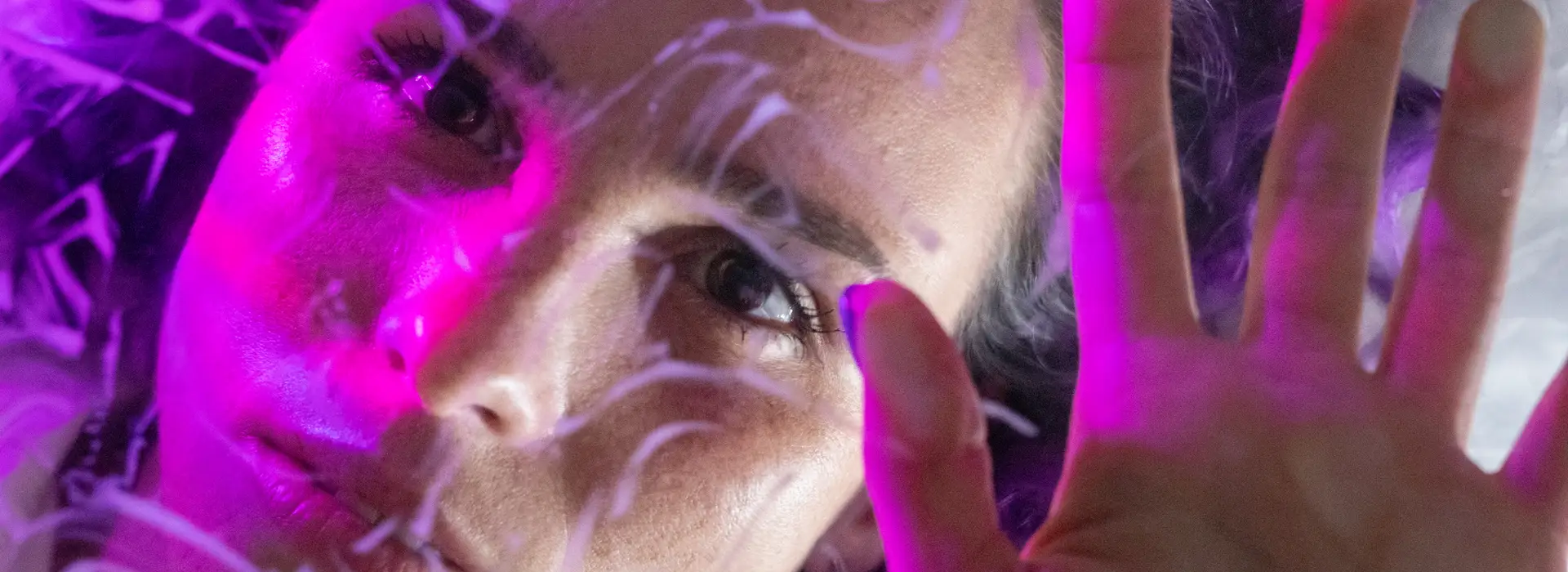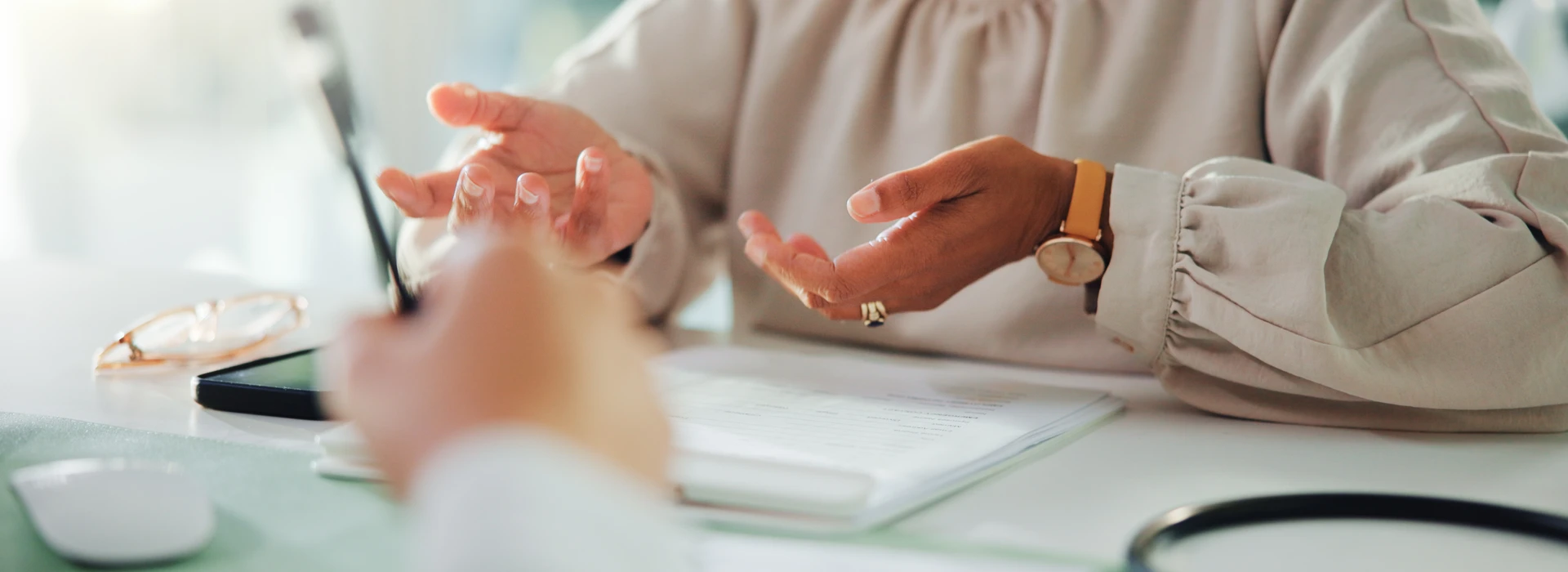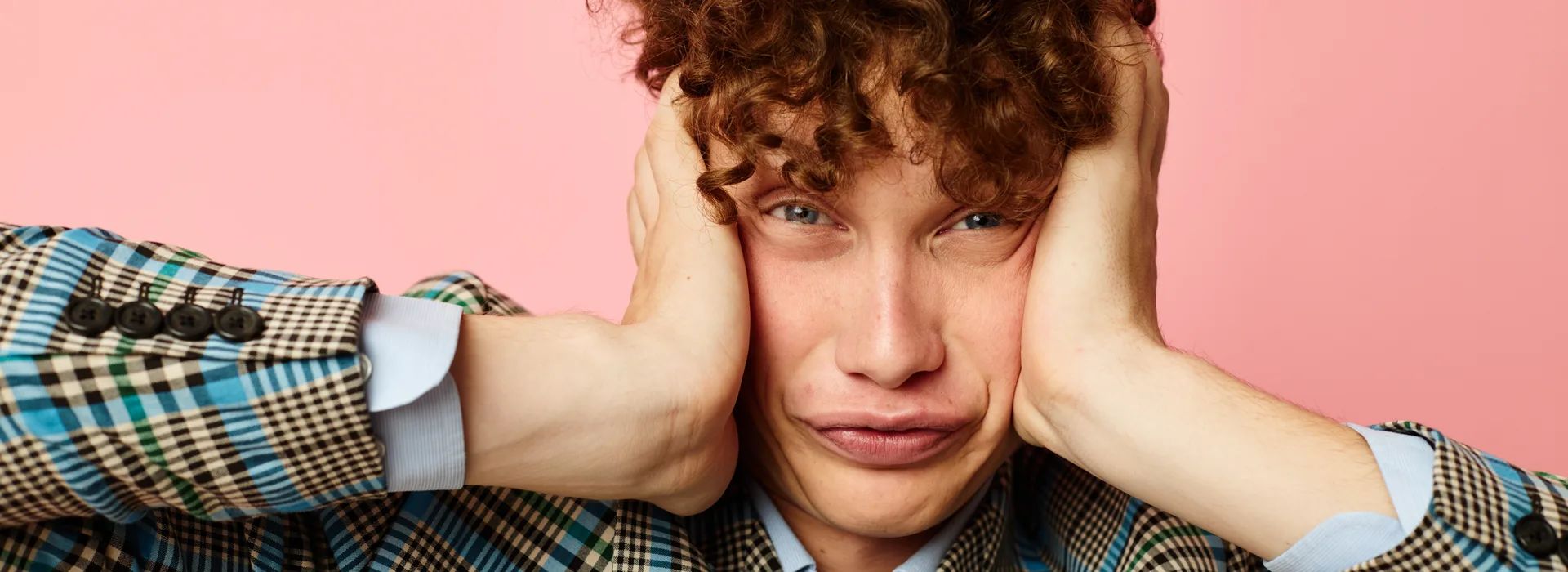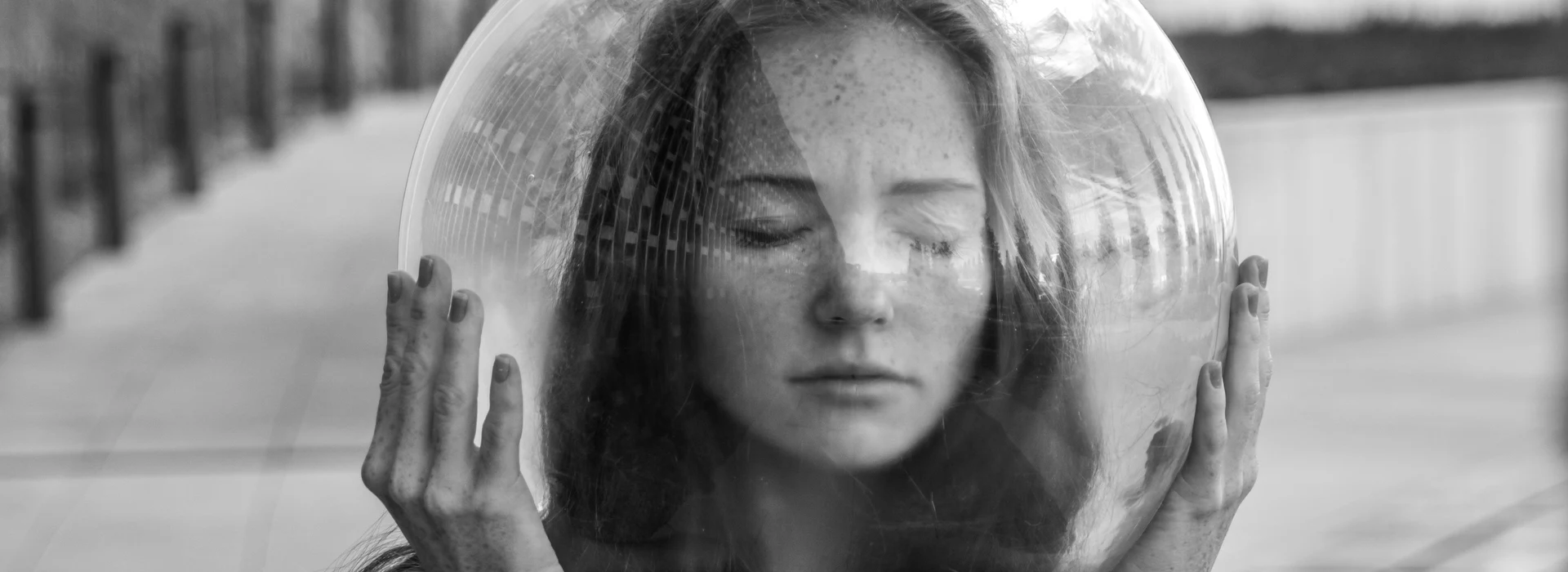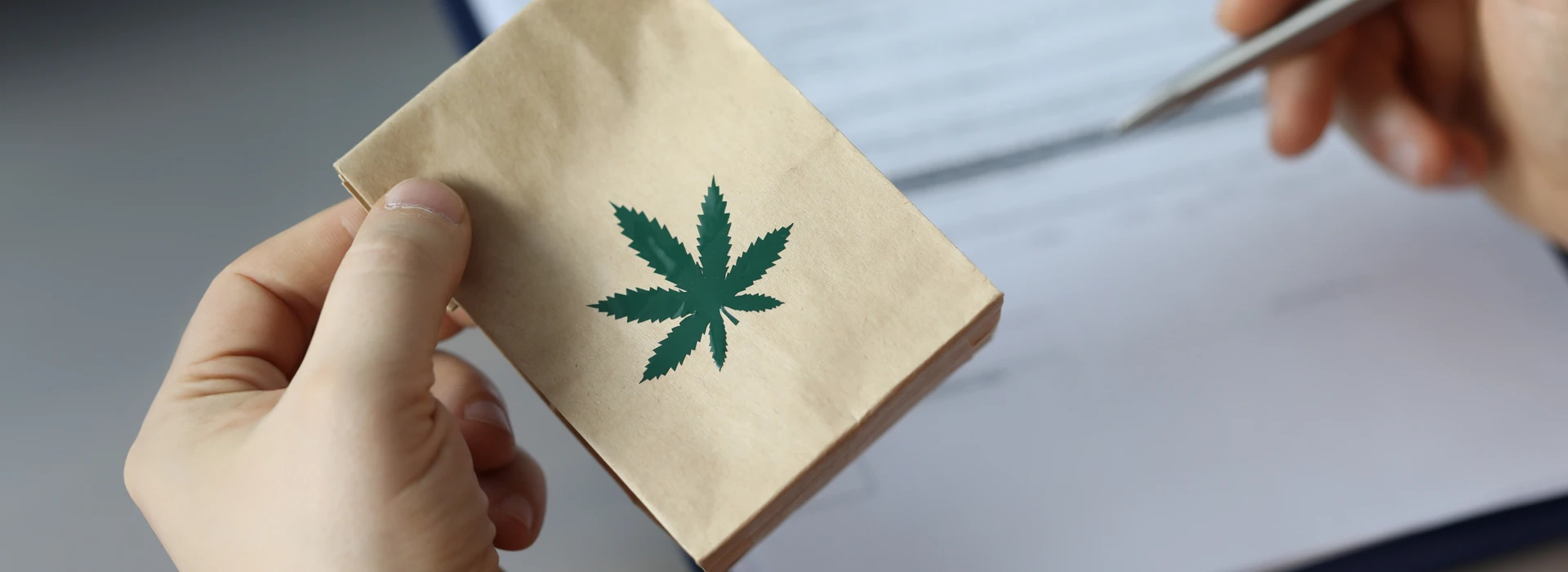
Dra. Emma Collins
Clinical Psychiatrist & Medical Detox Specialist
Therapy for compulsive buying disorder helps people who struggle with repeated and hard-to-control spending that often leads to distress or regret. This behavioral addiction affects relationships, finances, and emotional well-being.
With the right support, therapy can help make sense of these shopping behaviors and offer practical ways to manage them. In this blog post, we’ll explore how therapy works and why it can be a crucial step toward achieving lasting change.
Understanding Compulsive Buying Disorder or Shopping Addiction
Compulsive buying disorder, or shopping addiction, involves frequent urges to shop, often followed by regret or distress. It can interfere with how you think, feel, and function. This condition shares features with obsessive-compulsive disorder and other forms of substance use disorder, where repeated behaviors occur despite harmful consequences.
Signs and Symptoms
You may notice that you make frequent purchases that are difficult to stop, even when they cause problems. These compulsive shopping behaviors can arise from stress, boredom, or a low mood. There may be tension before a shopping trip and relief afterwards, followed by guilt or shame.
Items bought are usually unnecessary or go unused. Hiding receipts or lying about purchases may also become a sign of shopping addiction that builds secrecy around the behavior.
Causes and Risk Factors
Several factors can increase your likelihood of developing compulsive shopping disorder. These may include emotional distress, low self-esteem, or difficulty managing impulses. Early experiences that involve shopping for comfort can also affect future patterns.
Genetics, a family history of addiction, or co-occurring mental health conditions such as depression or anxiety may also contribute. Social pressure, media exposure, and online shopping access can reinforce a cycle of excessive shopping and emotional dependence.
Impact on Mental Health
Shopping addiction can impact your self-perception and relationships with others. Feelings of guilt, anxiety, or shame can become part of your daily experience. You may also feel trapped between the urge to shop and the consequences that follow. This struggle can worsen mood and contribute to other emotional difficulties.
How Compulsive Shopping Affects Your Daily Life
The effects of shopping addiction may show up in routines and responsibilities. You may spend more time thinking about purchases or planning a shopping spree than managing daily tasks.
Financial stress may build from debt or missed payments. Conflict with loved ones about spending can create tension. Shopping may begin to replace other activities, affecting sleep, work, and social connection.
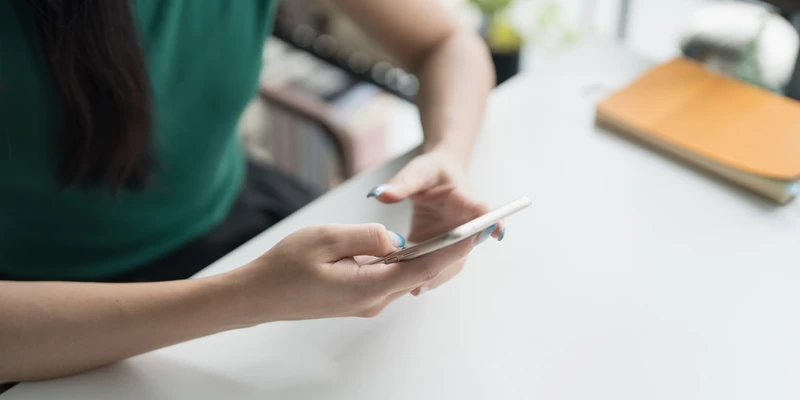
Therapy for Compulsive Buying Disorder
Therapy for compulsive buying disorder helps you understand the patterns behind your buying behavior, reduce the urge to shop, and develop healthier ways to cope with stress and difficult emotions.
Cognitive Behavioral Therapy (CBT)
CBT helps you identify thoughts and beliefs that drive compulsive urges. You learn how automatic thinking leads to unplanned spending and how to challenge these patterns. The therapy increases awareness of triggers and supports change in shopping behaviors.
It also addresses emotional needs and helps replace the compulsion with healthier routines through a structured treatment plan.
In a meta-analysis of 91 studies including 3,531 individuals with compulsive buying (and related behavioral addictions), psychological interventions, primarily face-to-face group CBT, were associated with large reductions in compulsive buying severity.
Effects were especially robust when therapy was delivered in person and over longer durations; improvements were maintained at follow-up. These results indicate that CBT is an effective and durable treatment for compulsive shopping disorder.
Dialectical Behavior Therapy (DBT)
DBT supports emotion regulation and helps reduce impulsivity that is associated with shopping addiction. You learn how to manage distress without relying on spending. The therapy focuses on coping tools such as mindfulness and relationship skills. This approach benefits those struggling with compulsive urges linked to trauma or unstable emotions.
Group Therapy and Peer Support
In group therapy, you connect with others struggling with compulsive shopping. Listening to shared experiences builds insight into your behavior. These groups provide accountability and encouragement, which reinforce the goals of addiction treatment and behavior change.
Family or Couples Therapy
Compulsive shopping can strain your relationships and cause conflict at home. Family or couples therapy creates space to talk about how the behavior has affected trust, communication, and shared responsibilities.
The therapist helps you and your loved ones understand the condition and work toward repair. These sessions can also improve support at home, which is important as you work through behavioral change.
Practical Ways to Manage Compulsive Spending
Learning how to manage compulsive spending involves building awareness, setting limits, and creating habits that help reduce unplanned purchases and emotional dependence on compulsive shopping.
Identify Your Triggers
You may notice certain moods, situations, or thoughts that lead to the urge to shop. These triggers usually include stress, boredom, or feeling lonely. Identifying them helps you pause before acting on the impulse.
By keeping track of when and where urges happen, you begin to see patterns in your buying behavior. This awareness gives you space to choose a different response before the compulsive shopping behavior takes hold.
Set Boundaries for Your Shopping Habits
Setting clear limits around shopping can help reduce risk and bring more control to your day. You can start by planning when and where you shop and avoiding unnecessary browsing. Leaving credit cards at home or removing saved payment details from online shopping platforms may also help.
These changes can reduce temptation and give you room to think before making a purchase. Remember that boundaries work best when they are specific, consistent, and aimed at limiting excessive shopping.
Use Coping Strategies for Urges and Cravings
Urges to spend can feel intense, but they usually pass if you wait them out. Instead of acting right away, try using strategies like distraction, relaxation, or reaching out to someone you trust.
Writing down the urge or stepping outside for a few minutes may also help. The goal is to give yourself enough distance to avoid reacting automatically. These techniques are helpful if you’re struggling with compulsive urges or feel drawn into an unplanned shopping spree.
Monitor Your Spending Behavior
Tracking your spending helps you stay aware of how often and why purchases happen. Writing things down may reveal patterns that aren’t obvious in the moment. You might notice certain times of day, emotions, or situations that lead to unplanned purchases. Monitoring also supports long-term goals and reduces the chance of falling into impulsive or repetitive shopping behaviors.

Other Effective Treatments for Shopping Addiction
Other treatments for shopping addiction can support therapy and help you manage compulsive behavior. Medication may reduce urges if you also experience depression or anxiety, which are common co-occurring mental health conditions.
Financial counselling can guide budgeting and reduce money stress. Support groups like Debtors Anonymous offer shared accountability and structure. You may also benefit from using apps that track purchases or block online shopping sites. These options work best when combined with therapy and a personalized treatment plan.
How to Get Help for Shopping Addiction
Recognizing when shopping behaviors begin to interfere with your daily life is an important step. Access to support through therapy, group programs, and digital tools can improve outcomes for people with shopping addiction.
When to Talk to a Therapist
Consider speaking with a therapist when shopping addiction leads to emotional distress, financial strain, or disrupted relationships. If you feel unable to stop even when you want to, this may be a clear sign of shopping addiction.
A mental health professional can guide you toward an effective treatment plan and help you manage the underlying issues behind compulsive shopping.
Online and Community Resources
You can also explore support through online forums, educational websites, or self-help programs focused on compulsive shopping disorder. Some communities offer free workshops or financial literacy classes that may help. Combining these resources with therapy supports lasting recovery from shopping addiction.
Begin Recovery from Compulsive Spending at Twilight Recovery
Compulsive spending can leave you feeling stuck in habits that are hard to change. At Twilight Recovery, we offer support that helps you understand what’s behind those patterns and gives you space to work through them.
Therapy can support your recovery from compulsive buying and help you build a healthier relationship with spending.
Frequently Asked Questions
What are the Common Signs and Symptoms of Shopping Addiction?
You may notice urges to shop frequently, feelings of guilt afterwards, hiding purchases, financial distress, and difficulty controlling how often or how much you shop. These are all signs of shopping addiction.
What are the Causes of Shopping Addiction?
Shopping addiction may develop due to emotional distress, low self-worth, trauma, or impulse control issues. It also typically co-occurs with a mental health condition or patterns formed through early life experiences.
Are Medications Used to Treat Compulsive Buying Disorder?
Certain medications may help if compulsive shopping disorder is linked to anxiety, depression, or obsessive-compulsive disorder, though therapy remains the primary treatment approach.
Can Support Groups Help With Recovery from Compulsive Buying Disorder?
Yes, support groups can provide encouragement, accountability, and a sense of connection, which reinforce the goals of therapy for compulsive buying disorder.
What Can Family Members Do to Support a Loved One in Treatment?
They can support a loved one by staying involved in their treatment plan, encouraging accountability, and avoiding enabling or judgmental behaviors.
When Should Someone Seek Professional Help for Compulsive Shopping?
Seek help when shopping behaviors cause distress, financial issues, or relationship problems, or when the person continues to shop despite serious consequences and spending beyond their means.
